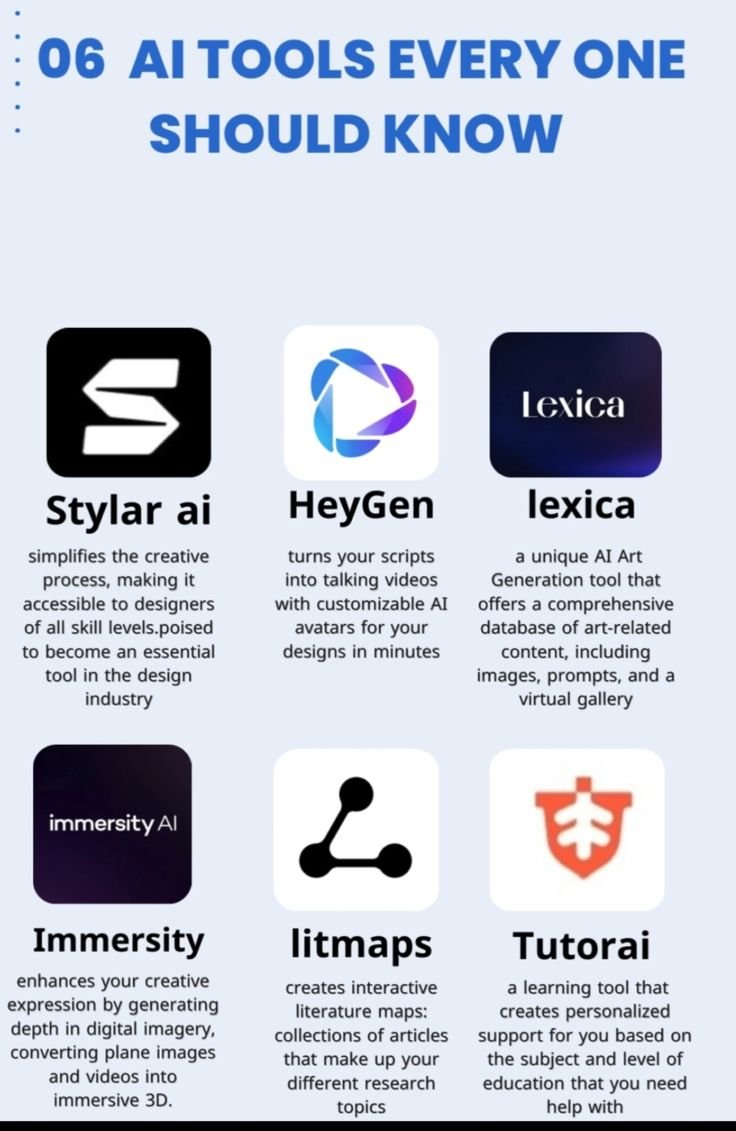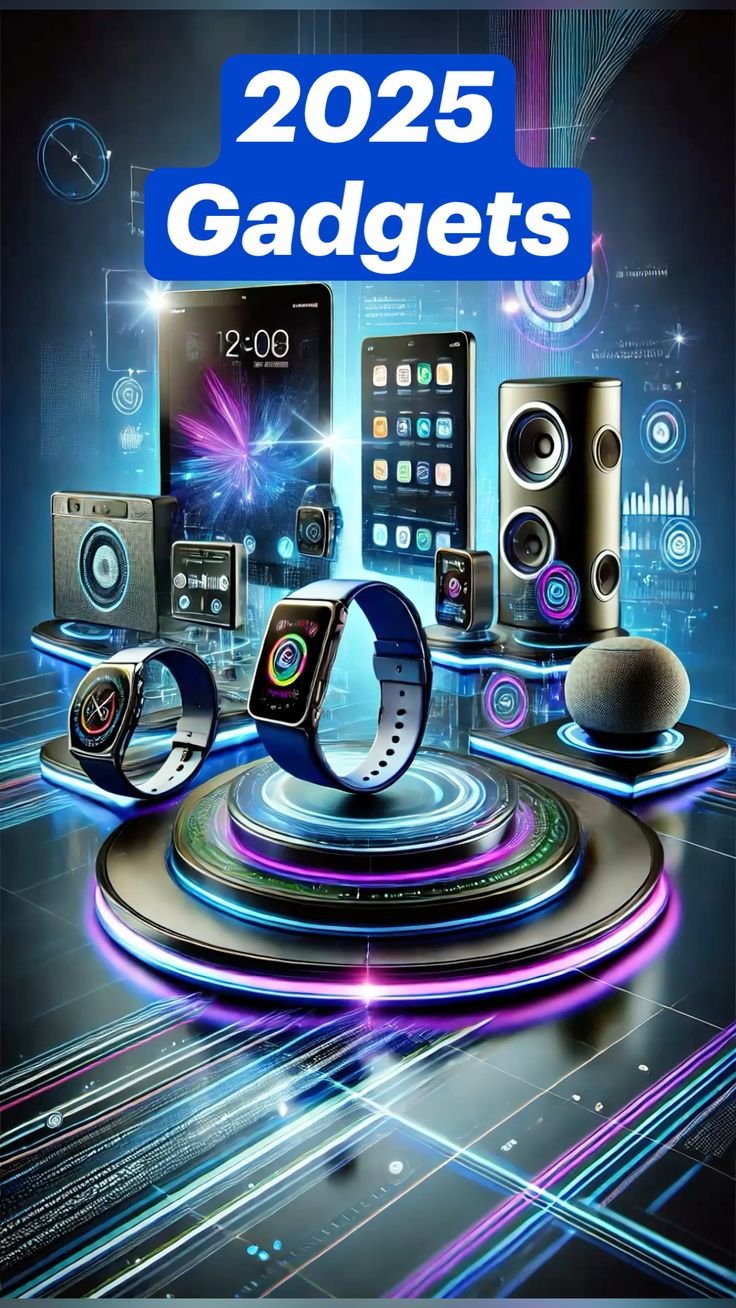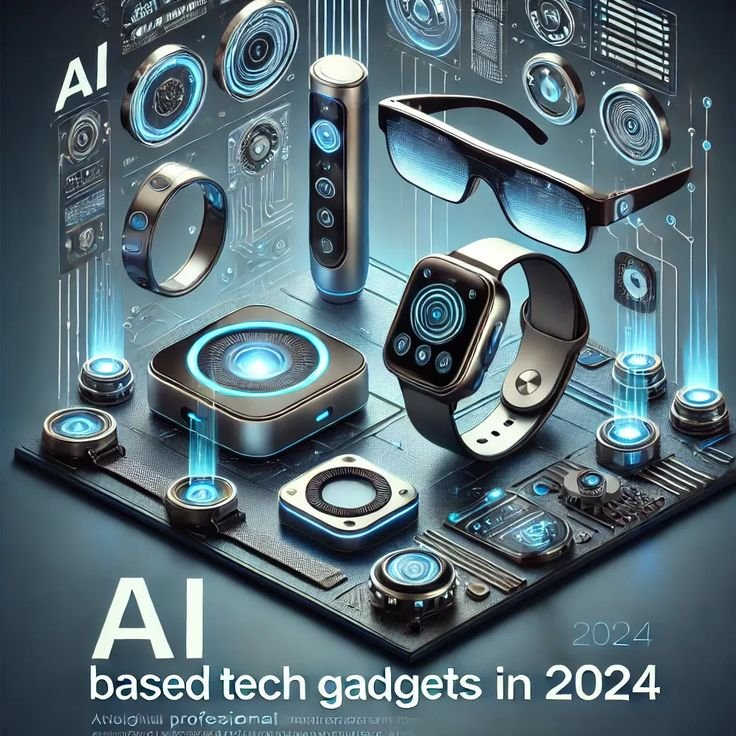The Evolution of Wearable Tech: From Fitness Trackers to Smart Fabrics
Wearable technology has transformed from clunky gadgets to sleek, life-enhancing devices that blend seamlessly into our daily routines. What started as simple pedometers counting steps has evolved into sophisticated tools that monitor health, boost productivity, and even redefine fashion. From smartwatches to smart fabrics, wearables are no longer just accessories—they’re reshaping how we interact with the world. This article dives into the journey of wearable tech, explores its current innovations, and looks ahead to its future, offering practical insights for anyone curious about these game-changing devices.
The Early Days of Wearable Tech
The concept of wearable technology isn’t as new as you might think. In the 1980s, calculator watches were the height of geek chic, letting users perform basic math on their wrists. By the 2000s, fitness trackers like the Fitbit emerged, focusing on step counts and calorie tracking. These early devices were functional but limited, often bulky, with basic displays and short battery lives. They appealed to fitness enthusiasts but didn’t yet capture the mainstream.
The real turning point came with the launch of smartwatches. In 2014, the Apple Watch debuted, combining fitness tracking with smartphone connectivity, sleek design, and customizable features. Suddenly, wearables weren’t just for gym-goers—they were for everyone. Competitors like Samsung’s Galaxy Watch and Garmin’s fitness-focused devices followed, each pushing the boundaries of what a wrist-worn gadget could do. From heart rate monitoring to GPS navigation, wearables started to feel indispensable.
How Wearables Work Today
Modern wearables are marvels of engineering, packing powerful sensors, processors, and connectivity into compact designs. Most rely on a combination of hardware and software to deliver real-time data. For example, a smartwatch might use an optical heart rate sensor to measure blood flow, an accelerometer to track movement, and Bluetooth to sync with your phone. Apps analyze this data, turning raw numbers into actionable insights, like suggesting you stand up after sitting too long or alerting you to irregular heart rhythms.
Beyond smartwatches, other wearables have carved out their own niches. Wireless earbuds, like Apple’s AirPods or Sony’s WF-1000XM5, offer noise cancellation and voice assistant integration, making them as much about productivity as audio quality. Smart rings, such as the Oura Ring, focus on discreet health monitoring, tracking sleep patterns and stress levels without the bulk of a watch. Even augmented reality (AR) glasses, like the Ray-Ban Meta Smart Glasses, are gaining traction, blending style with features like hands-free photography and audio streaming.
The Impact of Wearables on Health and Wellness
One of the biggest draws of wearable tech is its ability to empower users to take charge of their health. Devices like the Fitbit Versa or Apple Watch Series 10 can monitor heart rate, blood oxygen levels, and even perform electrocardiograms (ECGs) to detect potential heart issues. These features have real-world impact—there are countless stories of smartwatches alerting users to irregular heartbeats, prompting timely medical interventions.
Sleep tracking is another game-changer. Devices like the Whoop Strap or Samsung Galaxy Watch analyze sleep stages (light, deep, REM) and provide tips to improve rest. For those juggling busy schedules, this data can highlight the importance of consistent sleep habits. Stress monitoring, available on devices like the Garmin Vivosmart, uses heart rate variability to gauge stress levels, offering breathing exercises to help users unwind.
But it’s not just about physical health. Wearables are increasingly addressing mental wellness. Some devices integrate mindfulness apps or prompt users to take short meditation breaks. This holistic approach reflects a growing awareness that health isn’t just about steps or calories—it’s about balance.
Wearables in Everyday Life
Beyond health, wearables are streamlining daily tasks. Smartwatches let you reply to texts, take calls, or control music without reaching for your phone. For professionals, this hands-free convenience is a lifesaver during meetings or commutes. Athletes benefit from GPS-enabled devices that map runs or bike rides, while travelers use translation features on AR glasses to navigate foreign cities.
Wearables are also becoming style statements. Brands like Fossil and Michael Kors offer smartwatches with elegant designs, blending tech with fashion. Customizable watch faces and interchangeable straps let users personalize their devices, making them as much about self-expression as functionality. Meanwhile, earbuds and smart glasses are designed to look sleek, not sci-fi, ensuring they fit into any wardrobe.
The Rise of Smart Fabrics
The next frontier in wearable tech is smart fabrics—clothing embedded with technology. Imagine a jacket that adjusts its temperature based on the weather or a shirt that monitors your posture. Companies like Google and Levi’s have already experimented with this through projects like Jacquard, a smart denim jacket that lets you control your phone with gestures. These fabrics weave conductive threads into textiles, creating garments that are both functional and comfortable.
Smart fabrics have exciting applications. In healthcare, they could monitor vital signs for patients with chronic conditions, sending data directly to doctors. In sports, they could analyze an athlete’s form in real-time, offering instant feedback. Even in fashion, designers are exploring fabrics that change color or pattern on command, pushing the boundaries of creativity. While still in early stages, smart fabrics promise to make wearables even more integrated into our lives.
Challenges and Considerations
Despite their advancements, wearables face hurdles. Battery life remains a pain point—most smartwatches need daily charging, which can be inconvenient. Privacy is another concern. Devices that track your location, heart rate, or sleep patterns collect sensitive data, and not all companies are transparent about how it’s used. Before buying, check a brand’s privacy policy and opt for devices with strong encryption.
Cost is another barrier. High-end smartwatches like the Apple Watch Ultra or Garmin Fenix can cost hundreds of dollars, putting them out of reach for some. Budget-friendly options, like the Xiaomi Mi Band, offer solid features at a lower price, but they may lack the polish of premium models. It’s worth weighing your needs—do you need advanced health tracking, or is basic fitness monitoring enough?
Accuracy is also a factor. While wearables have improved, they’re not medical-grade devices. Heart rate monitors can be off by a few beats, and sleep trackers may misinterpret restless moments. For critical health concerns, always consult a doctor rather than relying solely on your device.
Choosing the Right Wearable
With so many options, picking the right wearable can feel overwhelming. Start by identifying your priorities. Are you a fitness buff who needs detailed workout metrics? A professional looking for productivity tools? Or someone who just wants a stylish gadget? Here’s a quick guide:
-
For Fitness Enthusiasts: Consider the Garmin Forerunner or Fitbit Charge, which excel in workout tracking and battery life.
-
For Everyday Use: The Apple Watch or Samsung Galaxy Watch offers a balance of health, connectivity, and style.
-
For Discreet Monitoring: The Oura Ring or Whoop Strap tracks health metrics without drawing attention.
-
For Audio Lovers: Wireless earbuds like Bose QuietComfort or Jabra Elite provide top-tier sound and smart features.
-
For Tech Innovators: AR glasses like the Ray-Ban Meta are perfect for early adopters eager to explore new possibilities.
Check compatibility with your smartphone, as some features (like notifications) may be limited on mismatched systems. Also, consider battery life and durability—especially if you’re active or prone to accidents.
The Future of Wearables
The wearable tech industry shows no signs of slowing down. Advances in artificial intelligence are making devices smarter, with features like predictive health alerts or personalized fitness coaching. Battery technology is improving, with some prototypes using solar or kinetic energy to reduce charging needs. Meanwhile, medical-grade wearables are on the horizon, with devices like continuous glucose monitors for diabetics already in use.
Smart fabrics are poised to take center stage, with researchers exploring biodegradable materials to make wearables more sustainable. Imagine a world where your shirt not only tracks your health but is also compostable at the end of its life. Augmented reality is another exciting frontier, with companies like Meta and Apple developing glasses that could replace smartphones for many tasks.
Why Wearables Matter
Wearable tech is more than a trend—it’s a shift toward a more connected, health-conscious, and efficient lifestyle. These devices empower us to understand our bodies, streamline our days, and express our individuality. They’re also driving innovation, from medical research to sustainable fashion. As wearables evolve, they’re not just keeping pace with our needs—they’re anticipating them.
Whether you’re tracking your morning run, answering a call on the go, or experimenting with smart fabrics, wearables offer something for everyone. The key is to choose devices that align with your lifestyle and values. As technology continues to weave itself into our lives, wearables are proving that the future isn’t just on our screens—it’s on our wrists, in our ears, and even in the clothes we wear.



